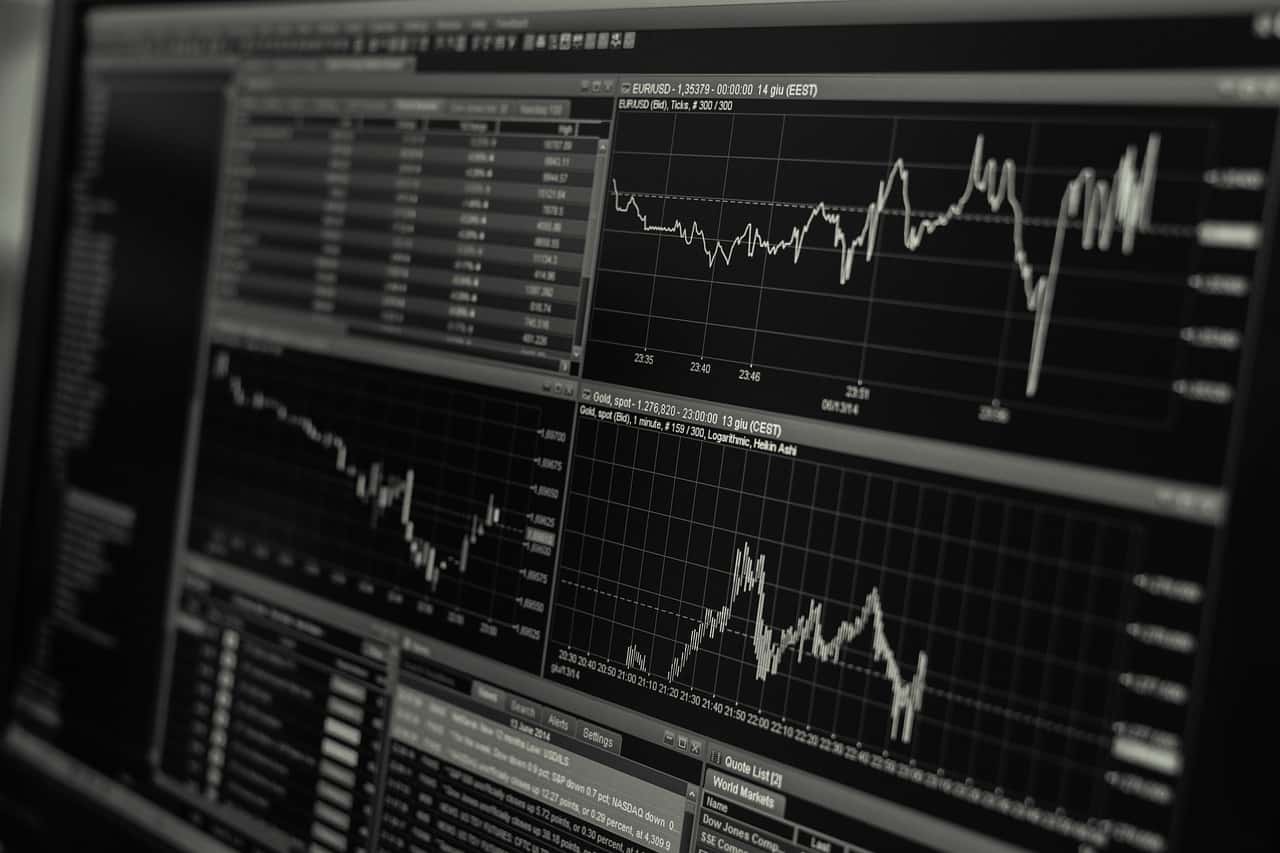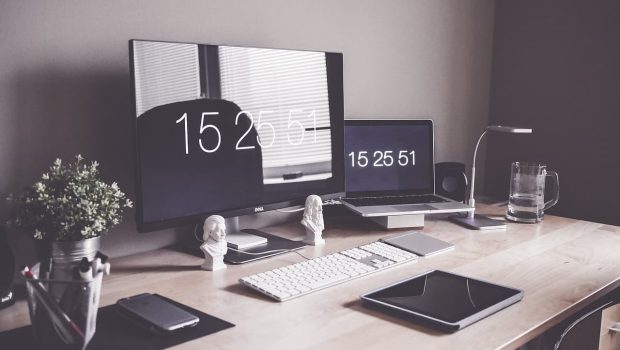The Role of Technology in Forex Trading in 2023 and Beyond
Technology is growing rapidly; the number of investments, creators, and projects has recently risen. There’s no facet of life where technology is not making an impact. If you trade the financial market on forex trading platforms, you will notice that most platforms adopt the latest technology to improve their services and trading experience. As a trader, you should keep abreast of the latest technologies in the forex market and position to have the best experience with them. This article explores that goal. Here, you’ll learn the roles of technology in forex trading in 2023 and how you can leverage them to become profitable.
On the Brokers’ Side
With the improvement of old technologies and modern innovations, forex brokers, expectedly, are on the front foot in adopting technologies that help them deliver better services while keeping costs as low as possible. Brokers deliver top brokerage services to satisfy their clients (traders). Here are the top technologies that brokers deploy for forex trading.
- Cloud servers: Cloud technology has revolutionized internet services. Cloud servers are faster and often more secure than remote servers and are better managed remotely. Speed is crucial to modern internet-based forex trading; the faster the broker servers, the better traders enjoy trading. Cloud technology will only improve in 2023 as more systems are advanced to meet traders’ growing demands.
- AI Customer Agents: Many forex brokers regularly require assistance from their brokers’ customer care representatives or account officers. While most brokers employ and train human agents to assist, AI technology is growing in customer care. AI agents act as first and second-line assistance to help traders resolve issues without input from human agents. They also help to categorize traders seeking assistance and refer them to human agents for a more effective process.
- AML-Compliance: All licensed brokers must comply with anti-money laundering regulations and continually implement policies, strategies, and features to achieve the same. Brokers use advanced customer identification, such as video tagging. Many brokers today partner with Fintech companies and governments to prevent money laundering using modern, robust solutions.
- Data aggregation: All brokers person some form of data aggregation, collecting data from different sources to present unified information. The sheer amount of data generated today requires modern technologies to cope. Forex brokers deploy these technologies to collect market and fundamental data they present for traders. You’ll find a news section on your broker platform.
- Security: Technology also impacts the security of trading platforms, allowing traders to have custody of their accounts without third-party interference. Modern security technologies are robust and proactive and help track certain data. For example, tracking traders’ behavior to help them create a suitable trading plan, tracking unusual access, and taking measures to prevent unauthorized malicious access.
Brokers invest heavily in modern technology to give traders an advantage when analyzing and trading.
But traders also have access to different technologies that make trading better.
On the Traders’ Side
Traders often leverage several categories of technology that help them perform analysis and trading. These are:
- Technical and fundamental analysis: All traders use technical or fundamental data to analyze the market. Most traders rely on charts, indicators, and news to predict the price movement of assets. Today, many technologies make analysis easier; from older technical indicators to modern AI algorithms that read market data, traders have a vast array of tools for analysis. Traders may also simulate the impact of certain events on asset prices using advanced technologies.
- Automated trading: Automated trading technology allows traders to explore the market without manually entering trades. Highly-efficient algorithms (trading robots) are now used to analyze markets, find profitable trading setups, and enter or exit trades without the trader’s input. The flexibility of automated trading also allows traders to set zones within which robots can trade simply. High-Frequency trading, which allows forex traders to make even faster decisions and engage in high-frequency trading with the help of robots, allows institutional traders to buy and sell large volumes of assets at high speed. Traders will also use features such as copy-trading that allow them to make money by automatically copying the trades of other successful traders.

- Improve Access to Forex Trading: Less than three decades ago, most forex traders could only access the market through human brokers. But today, anyone can trade forex from anywhere using an internet-enabled device. Modern technologies such as the internet have effectively improved access to forex trading and continue to make it easy and flexible for traders to combine forex trading with their daily careers. Traders have access to more information today than ever before, contributing to better trading skills.
As a trader, you have access to these technologies and should leverage them in 2023 and beyond. How can you do this?
How to Leverage Technology in Trading Forex in 2023
The first step is choosing a broker that understands the modern needs of traders and regularly rolls out features and updates that meet these needs.
For example, having a broker that allows proprietary or third-party robots will help you automate trading and analysis, giving you more time for other things.
You should also use a broker that provides technology-driven services that make it easier for you to achieve your trading goals.
In 2023, technology will continue to impact traders accessing the forex market and analyzing assets and trades.








Gloss